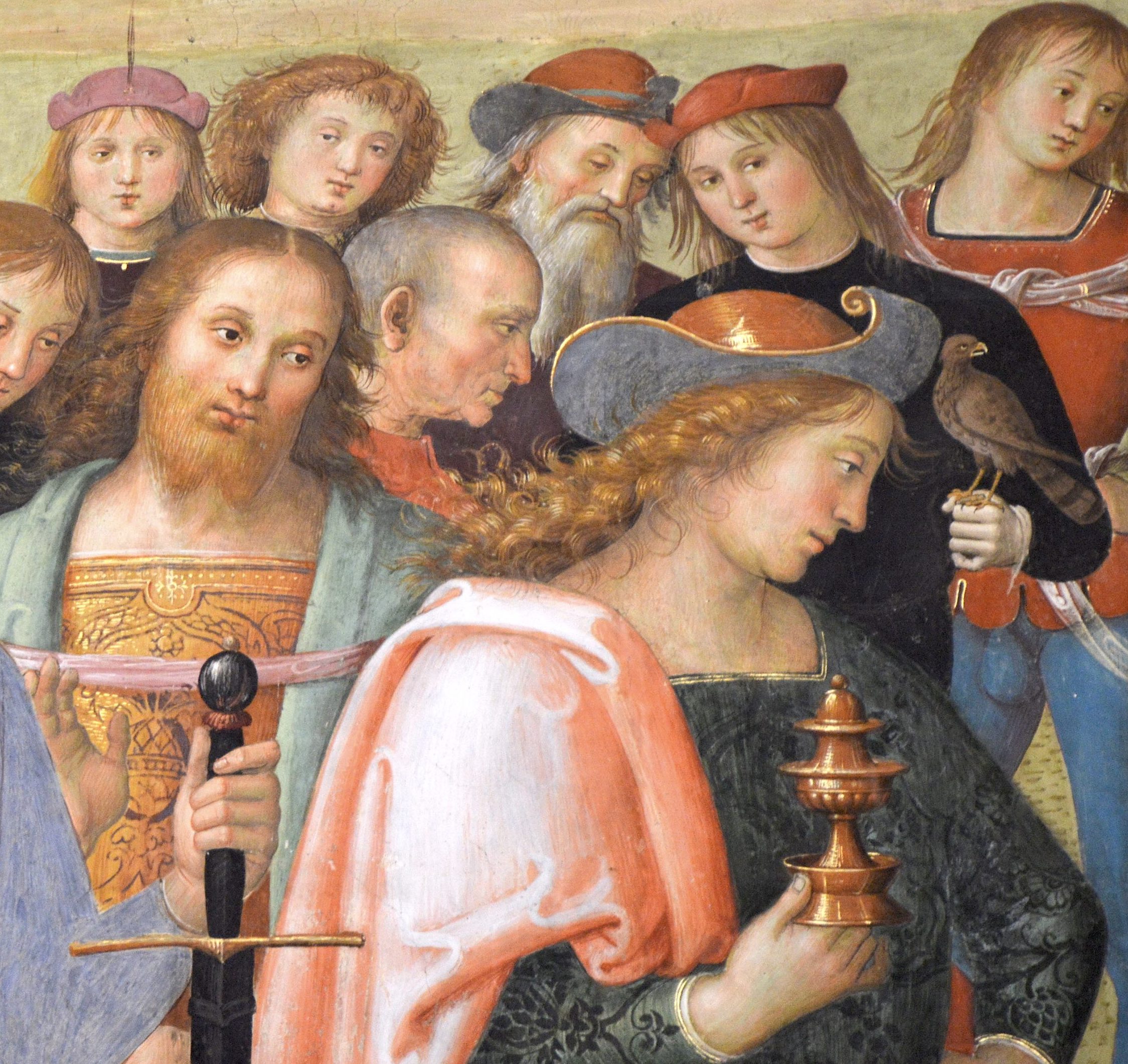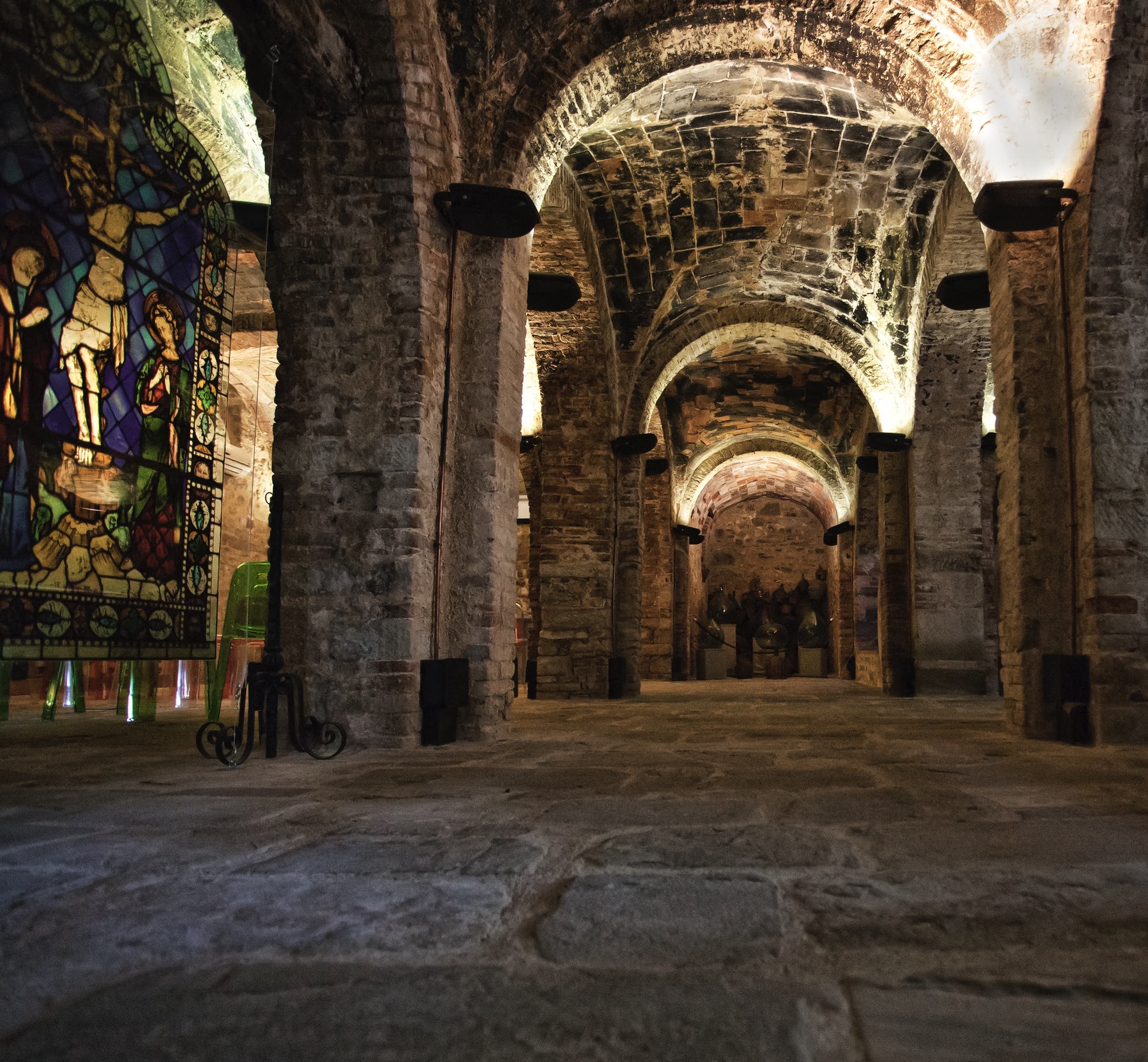HISTORY
PIEGARO
Surrounded by woods, Piegaro (356 meters above sea level) stands on a hill on the eastern side of the Nestòre river, and still preserves its medieval characteristics.
The fortified ancient part of Piegaro is located on the highest and most strategic point of the hill. There are two town walls, the inner one with its polygonal tower from the 12th century, still well preserved, and the outer one following the lay of the ground. Of the two gates that were once outside town, Porta Perugina and Porta Romana, only a few ruins remain.
In the highest part is the “Cassero”, or “Maschio”, and the tall tower that once controlled every entrance to the castle. It is possible to see the fortress right beside the “Maschio”, where the lord lived with his family, still showing some of its once imposing nature despite the passing of time.
While walking through the alleys it is possible to see what’s left of the ancient furnaces, where the artisans worked the glass for over seven hundred years, and the two smokestacks: the main one for gas combustion emissions (wood coal, oil), and the smaller one for glass engraving (Roteria).
Of all these ancient glass factories, one is now a vacation home, while another became the Piegaro Glass Museum with many valuable tales and findings. The building was recently restored to its original architecture and it dates back to the early ‘800s, it is one of the few examples in Italy of pre-industrial glasswork facilities.
The municipality is on the main square, Piazza Matteotti, it was entirely restored after the bombing in 1944 which destroyed the historic palace. The previous building was designed by the architect Guglielmo Calderini from Perugia, it was set on four floors and had a facade with smooth double arched windows and balconies. The few remaining pictures of the old palace are jealously kept by the people of Piegaro who always remember it with great emotion.









